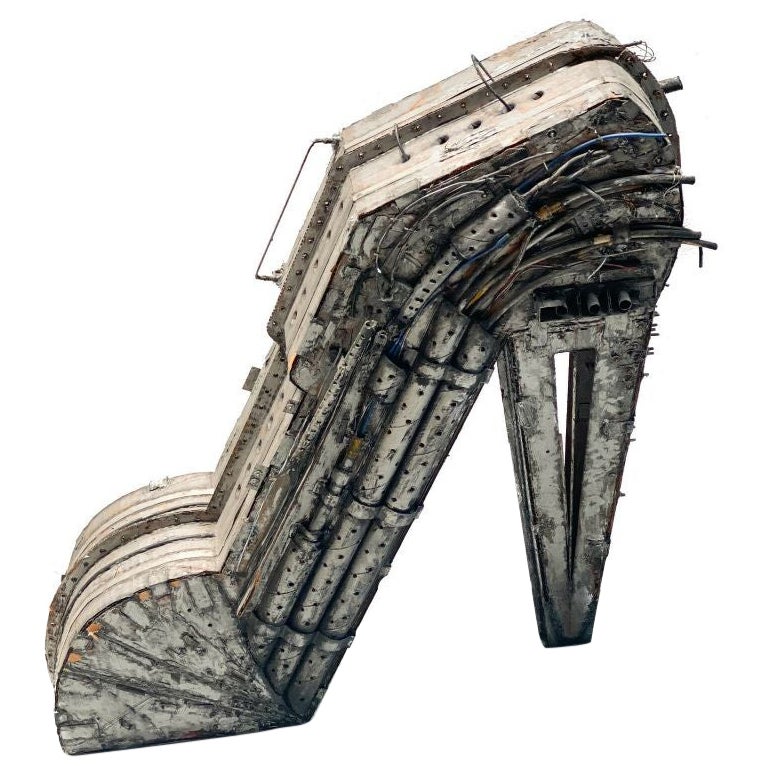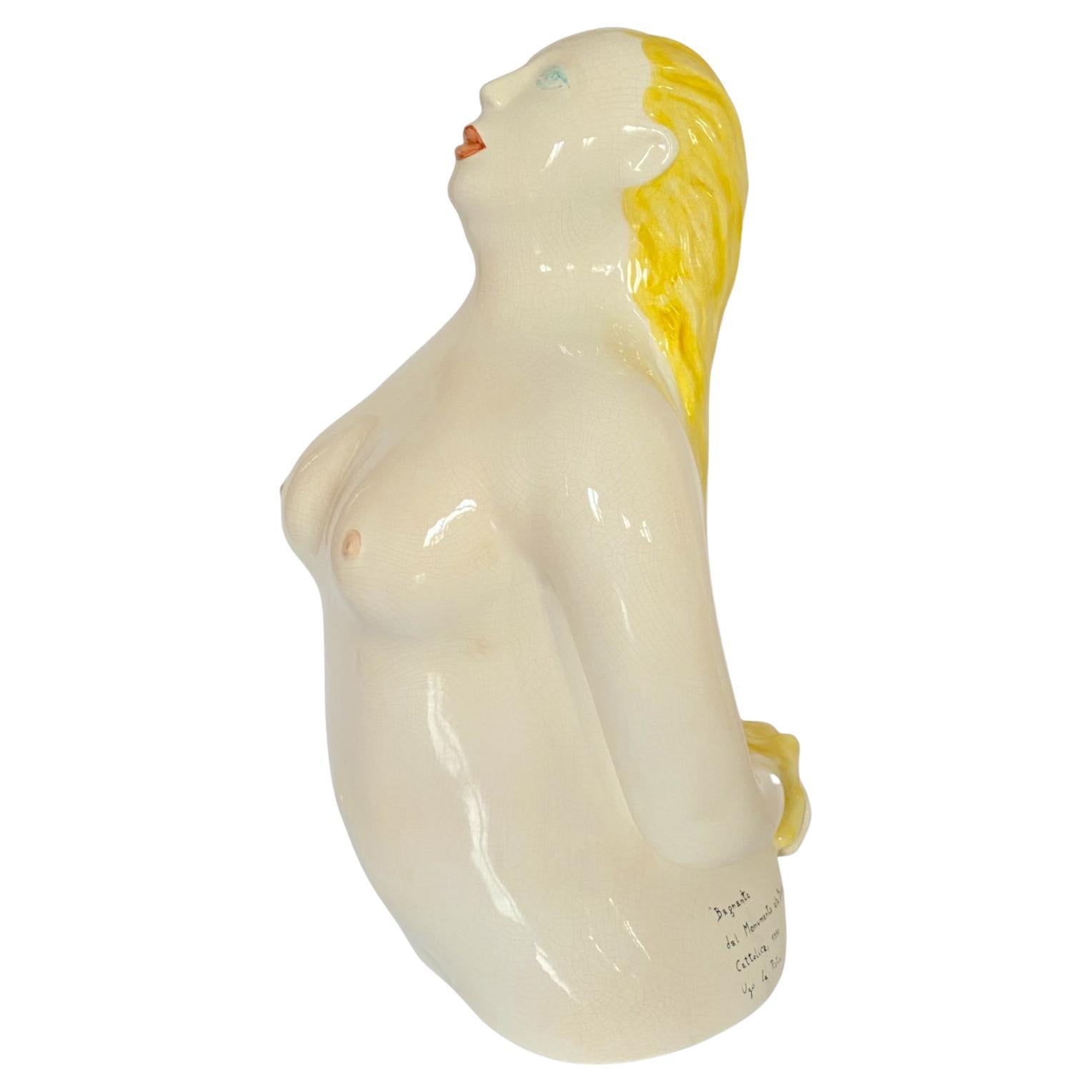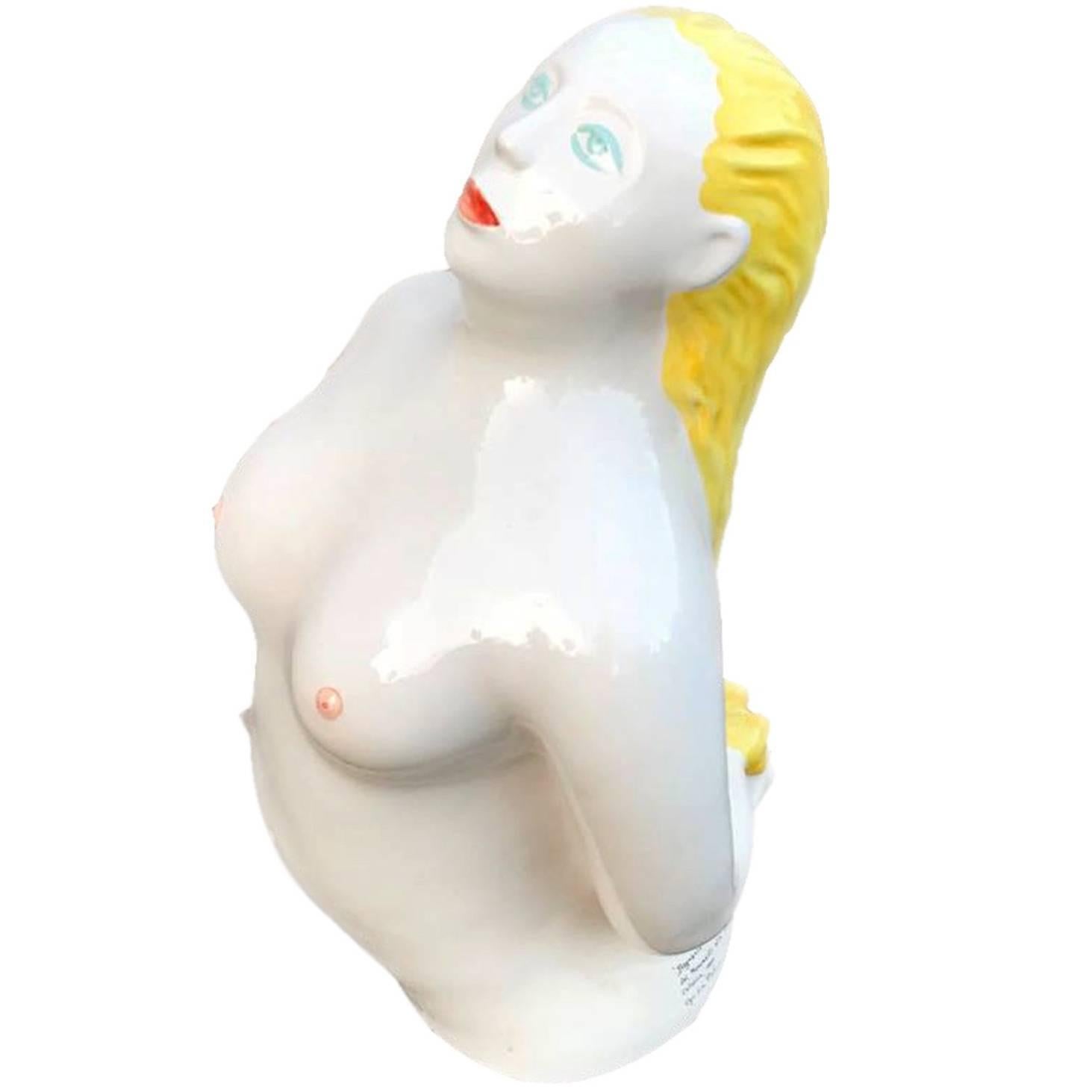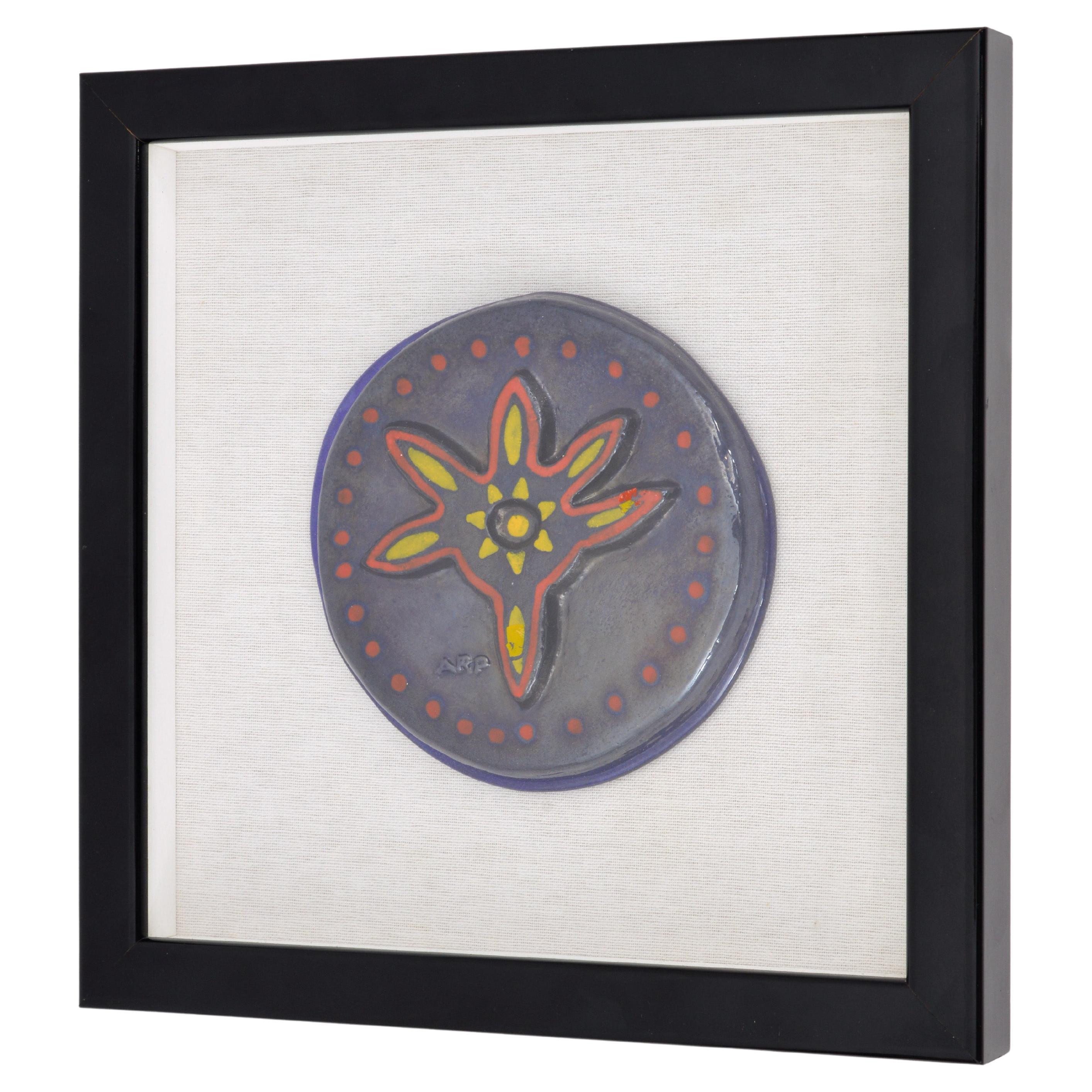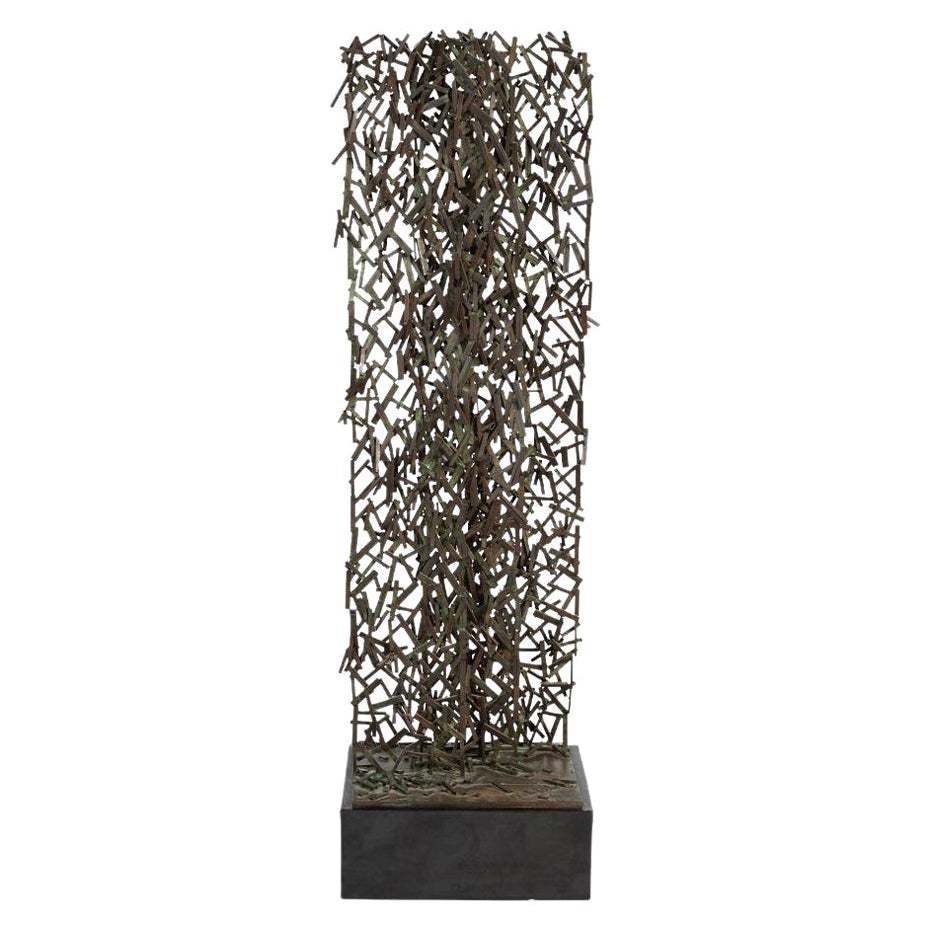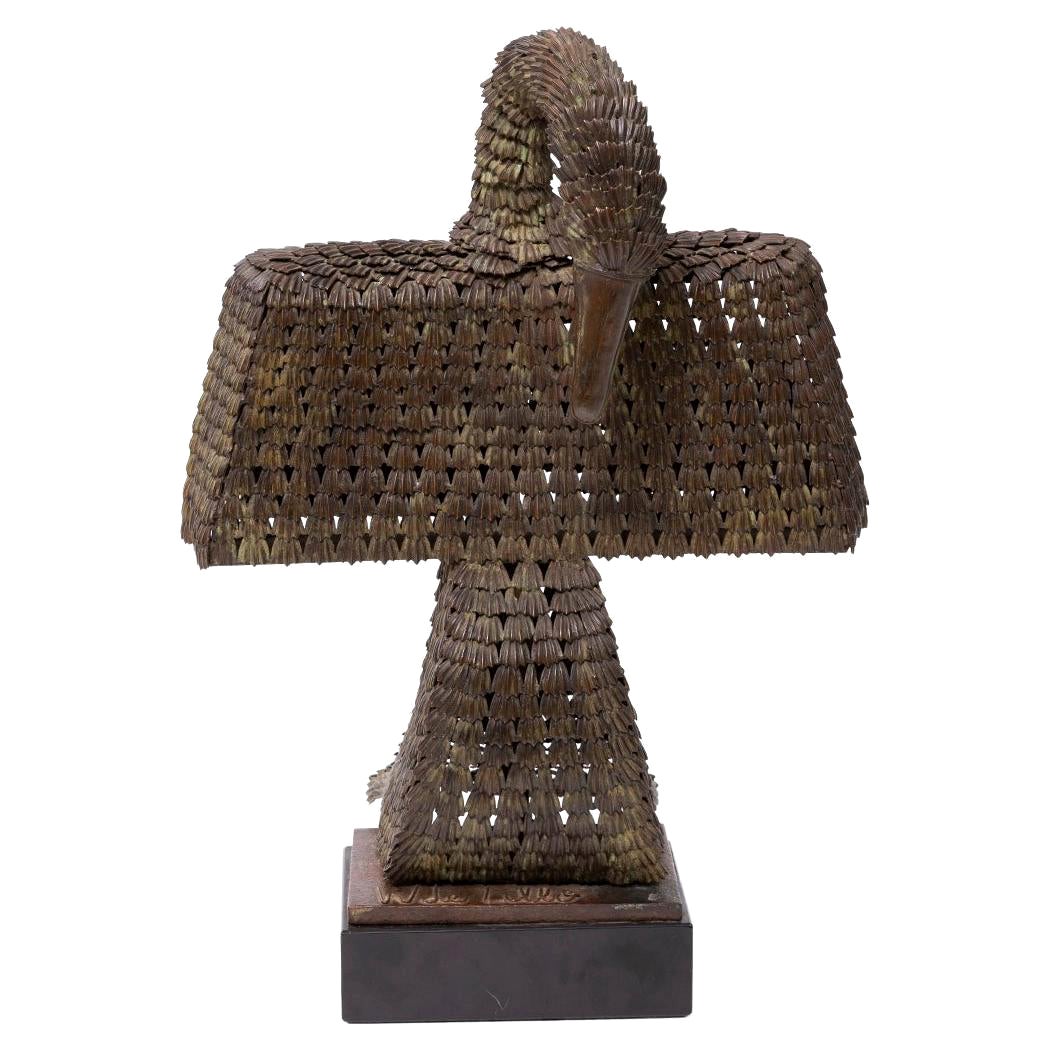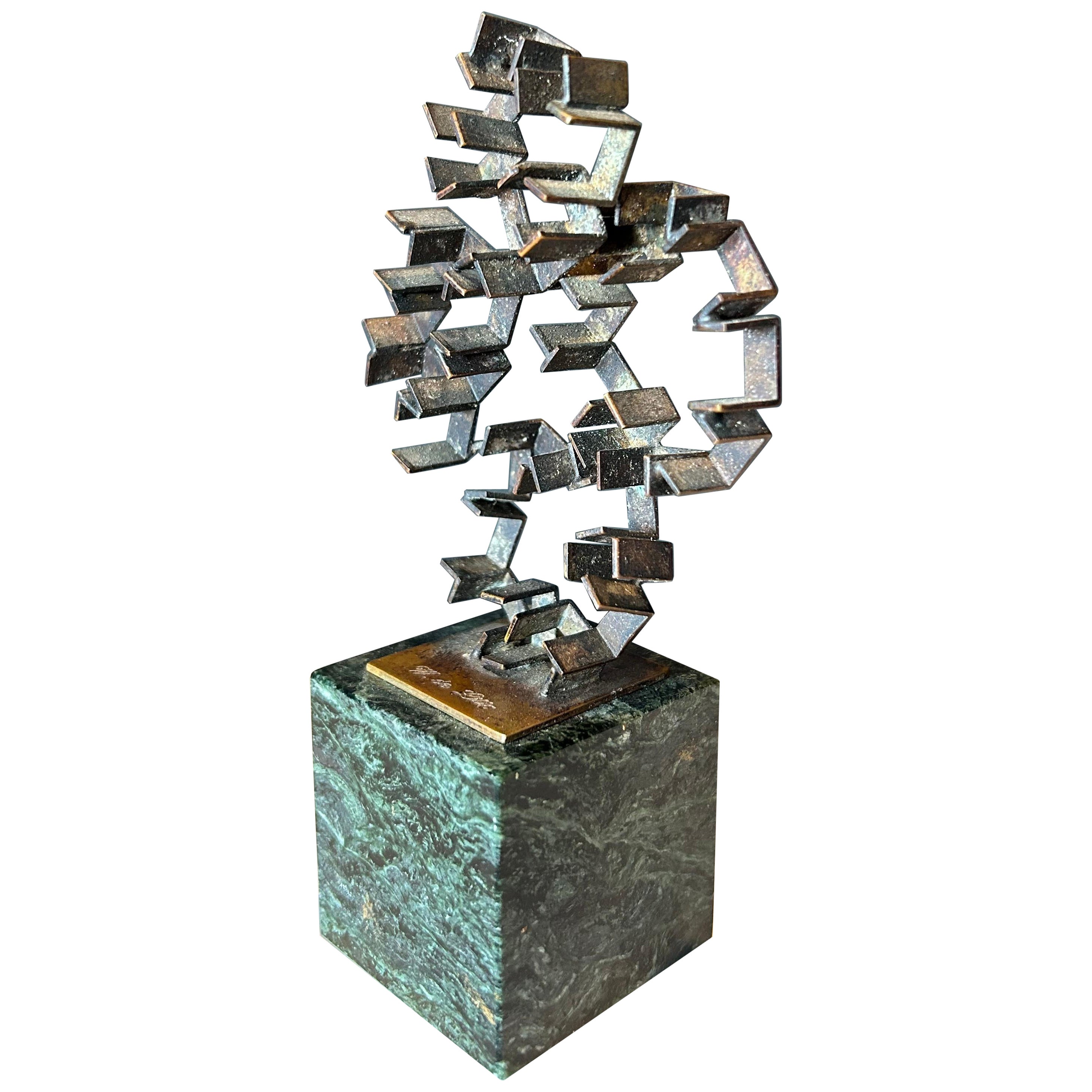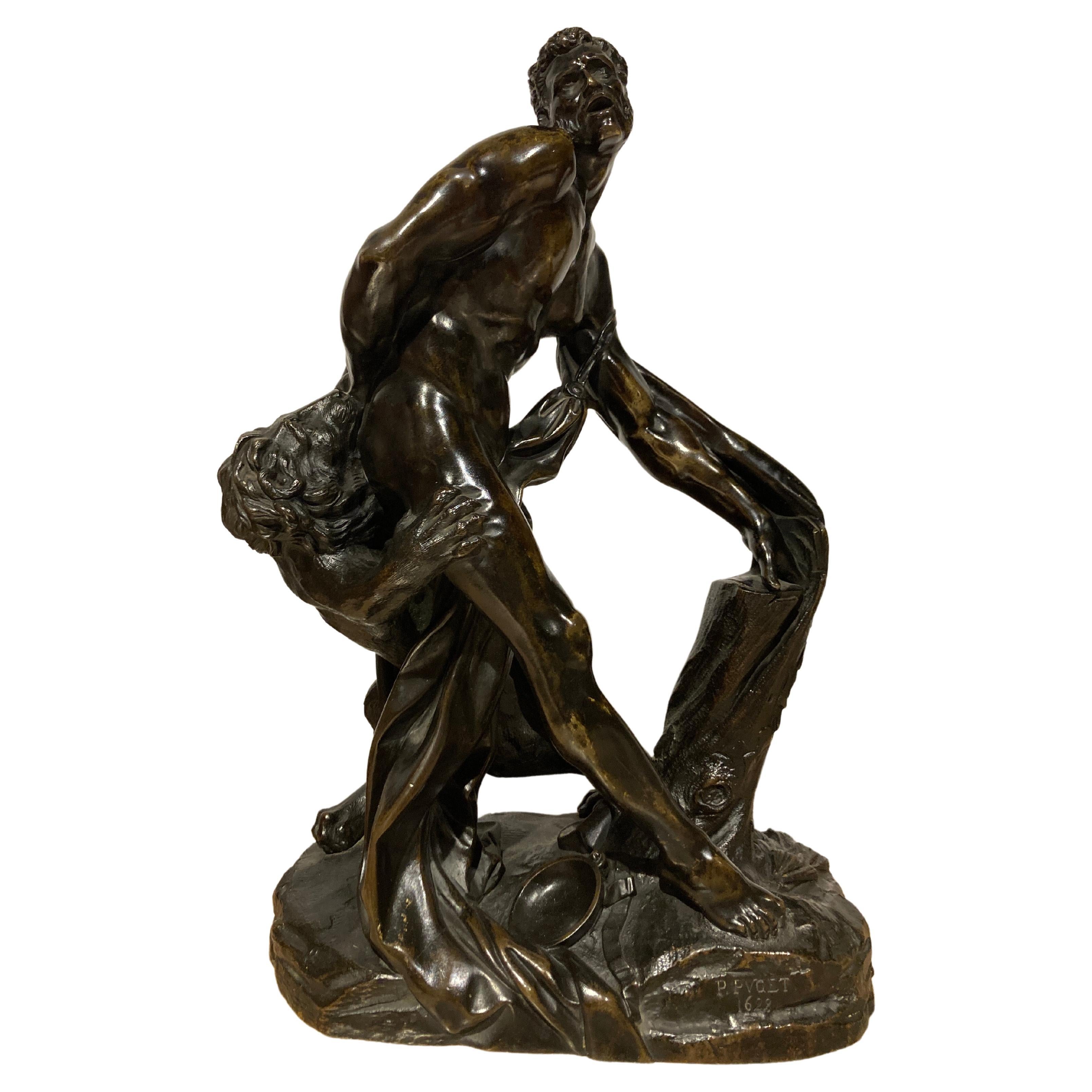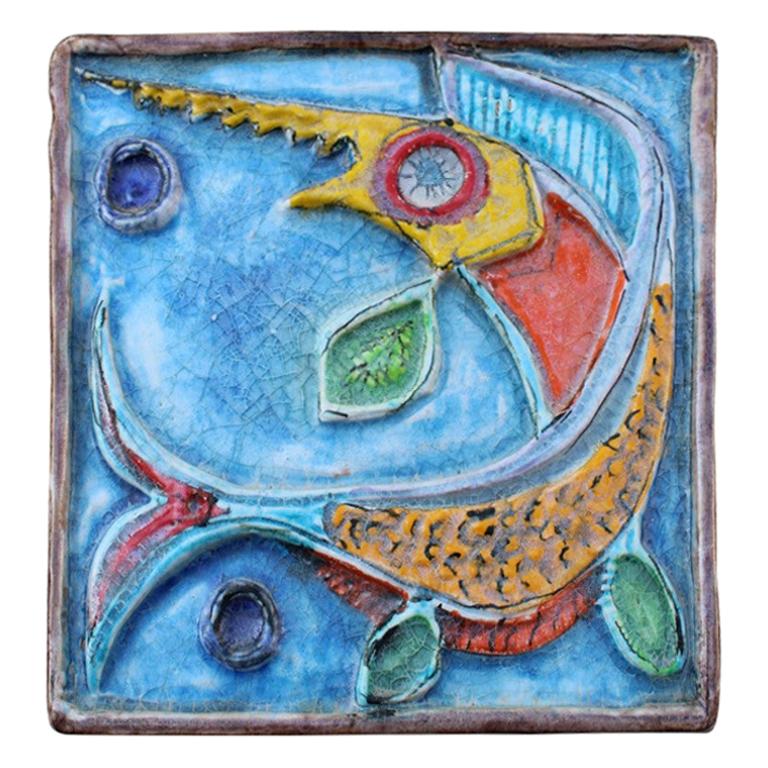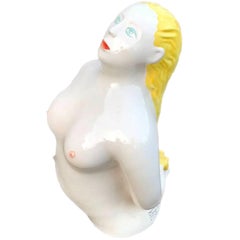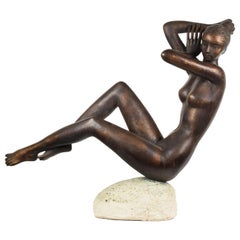
Bagnante, 1970, Vitaliano De Angelis
View Similar Items
Want more images or videos?
Request additional images or videos from the seller
1 of 13
Bagnante, 1970, Vitaliano De Angelis
About the Item
- Creator:Vitaliano De Angelis (Author)
- Dimensions:Height: 23.23 in (59 cm)Width: 28.75 in (73 cm)Depth: 7.88 in (20 cm)
- Materials and Techniques:
- Place of Origin:
- Period:
- Date of Manufacture:1970
- Condition:
- Seller Location:Prato, IT
- Reference Number:1stDibs: LU5715223625092
About the Seller
5.0
Vetted Seller
These experienced sellers undergo a comprehensive evaluation by our team of in-house experts.
Established in 1965
1stDibs seller since 2021
12 sales on 1stDibs
More From This SellerView All
- Bronze Sculpture “Man on Horseback” by Giulio CiprianiLocated in Prato, ITGiulio Cipriani (1887-1956) Sculpture In dark patina bronze with black marble base. Dimensions cm W44 x D29 x H50 approx.Category
Mid-20th Century Italian Animal Sculptures
MaterialsBronze
- Bronze Sculpture Signed Prof. Puntelli nude young girlLocated in Prato, ITIn dark patina bronze Signed by Prof. Puntelli Measures: Height 75 cm.Category
Vintage 1910s Italian Figurative Sculptures
MaterialsBronze
- Finely Modeled Terracotta Capital with Cherubs, Late 19th CenturyLocated in Prato, ITFlorence, late 19th century Break repaired with old restoration (see photos) Dimensions: cm H 30 x L 33 x P 26.Category
Antique Late 19th Century Italian Figurative Sculptures
MaterialsTerracotta
- 19th Century Terracotta Bust of a Young Girl Signed by Andrea FlaibaniLocated in Prato, ITAndrea Flaibani Friulian sculptor (Udine, Italy 1846 - Udine, Italy 1897) Terracotta Measures: Height 38 cm Width cm 23 Base diameter cm 15 Weight kg approx. 5.5. As a young...Category
Antique Late 19th Century Italian Neoclassical Busts
MaterialsTerracotta
- Ratto delle Sabine in marmo Serpentino Verde copia da Gianbologna, ItaliaLocated in Prato, ITRatto delle Sabine Fine Secolo XIX Scultura in marmo Serpentino Verde. Copia da Gianbologna pseudonimo di Jean de Boulogne (Douai, 1529 – Firenze, 13 agosto 1608). L'opera di Giambo...Category
Antique Late 19th Century Italian Figurative Sculptures
MaterialsMarble
- Flying Mercury in green marble copied from the famous work of GiambolognaLocated in Prato, ITGreen serpentine marble sculpture Late 19th century Height approx. 88 cm. The flying mercury and the bronzes While he was still busy working on the fountain in piazza Maggiore, the papal delegate Cesi asked Giambologna for a statue to be placed in the courtyard of the Archiginnasio, seat of the ancient and prestigious Bolognese university; he should have painted a bronze depicting the god Mercury with his index finger stretched towards the sky, a symbol of the divine origin of knowledge, which would have served as a warning to all students. The project was never completed, but Giambologna elaborated a model preserved at the Civic Museum of Bologna, which is only the first of the numerous bronzes with the same subject made by the artist, defined precisely as flying Mercury. In later versions, the sculptor transformed Mercury into a much more dynamic figure reaching upwards, as if ready to take flight, giving it an unprecedented freedom of movement and lightness. When he returned to Florence, the sculptor certainly proposed it to the Medici, who enthusiastically immediately ordered one to be sent to Emperor Maximilian II of Habsburg, as a diplomatic gift for the ongoing negotiations of the wedding between Francesco and Giovanna, sister of the sovereign. Giambologna replied with the two bronzes preserved in Vienna and Dresden and in 1580 cast the large Mercury now exhibited in the Bargello, originally intended for the loggia of the villa of Cardinal Ferdinando dei Medici to crown a fountain placed in the center of a magnificent decorative complex; the only variant with respect to the previous examples is constituted by the head of Zephyr placed under the foot of the god and from which a breath of wind blows it upwards, accentuating the sense of immateriality. In addition to the successful invention of the flying Mercury, Giambologna acquired immense fame by making numerous other bronzes for the Florentine collectors of the time; his first patron, Bernardo Vecchietti must certainly have owned many, given to him in part by the sculptor in exchange for his protection, but around the 1880s it can be said that there was no collector who did not aspire to own a work by Giambologna, especially those of small format. The development of this trend in Florence is largely due to the artistic passions of the Grand Duke Francesco I, who with the creation of environments such as the Studiolo in Palazzo Vecchio and the Tribuna degli Uffizi, provided new criteria for the exhibition of the works, pushing all collectors to imitate his extraordinary collection. In the Studiolo, in addition to the painted tables that decorated the doors of the cupboards filled with all kinds of things, there were 8 niches containing bronze figures of divinities; Giambologna painted the one depicting Apollo (1573-75), with the characteristic serpentine pose and beautifully finished. The placement of the statuette in the niche was no longer an impediment to the plurality of views as Giambologna endowed it with a sort of mechanism that allowed it to rotate. For the Tribune he instead created the six Labors of Hercules (1576-1589), small silver sculptures...Category
Antique Late 19th Century Italian Figurative Sculptures
MaterialsMarble
You May Also Like
- Industrial Papier Mâché Cardbord High Heel Sculpture by Nick De AngelisBy Nick de AngelisLocated in Gardena, CANick De Angelis (American 20th century) Industrial, papier mâché, and wire high heel sculpture. Artist signed to the underside. Additional information: Type: Sculpture Subject:...Category
20th Century American Mobiles and Kinetic Sculptures
MaterialsPaper
- Ugo La Pietra, "La Bagnante" Sculpture 25/29, Superego Editions, Italy, 1990By Superego Editions, Ugo La PietraLocated in Firenze, IT“Bagnante” postmodern sculpture Ugo La Pietra, Superego editions Italy, 1990 Large ceramic female bust modelled by casting. Polychrome craque...Category
1990s Italian Post-Modern Figurative Sculptures
MaterialsCeramic
- Ceramic Sculpture Bagnante Model by Ugo La Pietra for Superego Editions, ItalyBy Superego Editions, Ugo La PietraLocated in Milan, ItalyGreat female bust ceramic-molded casting, Bagnante, "Monumento alla balnearita'" collection, designed by Ugo La Pietra and produced by Superego Editions. Limited edition of 29 pieces...Category
2010s Italian Modern Busts
MaterialsCeramic
- 19th Century Marble Putto Sculpture, Signed 'D'angelis'Located in London, GBA 19th century marble putto sculpture, signed 'D'Angelis' French, Late 19th Century Height 54cm, width 41m, depth 31cm Executed with great artisti...Category
Antique 19th Century French Neoclassical Figurative Sculptures
MaterialsMarble
- Jean Arp FUCINA DEGLI ANGELI VENIZIA Glass Sculpture, MuranoBy Jean ArpLocated in Lake Worth Beach, FLArtist/Designer; Manufacturer: Jean (Hans) Arp (German/French, 1886-1966), Egidio Costantini (Italian, 1912-2007) Marking(s); notes: signed, marking(s) Materials: glass Dimensions (H...Category
20th Century Italian Abstract Sculptures
MaterialsGlass
- William De Lillo Brutalist 1970's Patinated Bronze SculptureBy William De LilloLocated in Phoenix, AZWilliam De Lillo one off Brutalist bronze sculpture, circa early 1970s. The jeweler and artist, William De Lillo worked with Harry Winston, Cartier New York and most famously as Jean Schlumberger’s assistant at Tiffany & Co. Mr. de Lillo teamed with the costume jeweler, Robert F. Clark to create their haute couture jewelry...Category
Vintage 1970s American Mid-Century Modern Abstract Sculptures
MaterialsBronze
Recently Viewed
View AllMore Ways To Browse
Angeli Vintage
Sculpture Of Bather
Antique Cherub Putti
Antique Indian Head
Bronze Figure 18th
Female Figurines
Art Deco Statues France
Werkstatte Hagenauer Wien
Quiver And Arrows
1st Century Roman
Silvered Bronze Greek
Antique French Swords
Antique French Sword
Vintage German Figurine
Antique Child Living Room Furniture
Hagenauer Wien Austria
Polychrome Wood Carving
Carved Figural Arms
